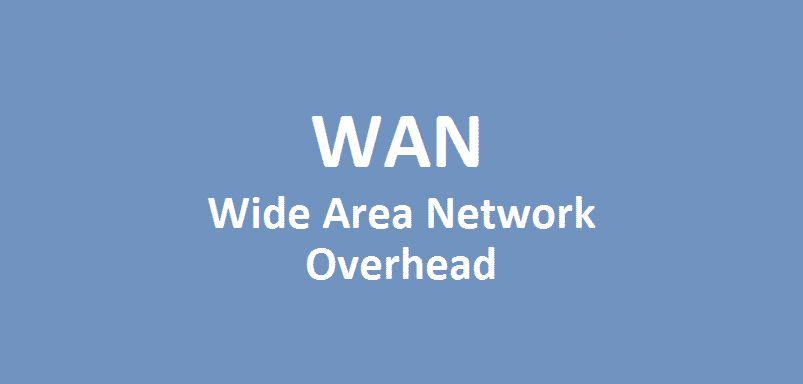
Data packet
When data is transmitted towards a destination. That data is broken down into smaller chunks called packets. These packets are then transmitted across some distance, and once they reach their destination, they are then reassembled into their previous forms. Thus a packet is the most basic unit of communication or transmission over a digital network.
A packet has structure, which is defined by its type and protocol. The structure of a packet normally consists of a header and a payload.
A header is a part which keeps the overhead information, transmission data, and service information.
In simple terms, it’s the part that navigates your packet. A header has the address of the machine sending the data as well as the address of the device to which the data is being sent to. Whereas payload is the part that carries the data that is being transmitted.
In the paragraph above you must have read the word overhead. Now, we will explain to you the term Packet Overhead, what it means, and what it does.
Packet overhead
Let us consider the example of a delivery package. Your mom staying in New York decides to send you a birthday gift. To send you this gift she will first have to wrap the gift then go to a post office and hand them the package or ask them via phone to pick it up.
The people at the post office will process this package, find your address, and ship it. You will receive the package and upon opening it, will find your gift.
This whole process will take some time. Quite obviously much longer than your mother throwing the gift package, having it travel through space and land on your apartment’s door.
Similarly, when you type something on the web browser, a request is sent from your computer. That request is packaged inside a data packet, the packet then travels to the site whose IP address is stored inside its header. The time taken by this data packet to travel from one point to another including the time it takes to form into a data packet and reform into a text command is called packet overhead.
Thus, in networking terms, packet overhead is the amount of wasted bandwidth that is required to transmit the payload.
Until this point, we have explained what packets are and what is meant by packet overhead. Now we will explain the term WAN.
WAN
Our internet is the largest wide area network (WAN) in the world. When a packet carrying a certain IP address is sent out of your computer, it travels through the local area network LAN into the Wide Area Network (WAN). The packet is then redirected from WAN to the LAN that holds the IP address of your packets destination. So the WAN is a combination of telecommunication networks that is independent and can connect multiple devices throughout the globe.
We can simplify this by expanding upon our previous example of delivering a gift package. A LAN would be the connection a post office has with your mother’s home. So when your mother calls the office i.e. sending a signal, they come to her doorstep to pick the package. While a WAN would be the multiple branches the post office has within and outside the country.
Thus a local area network is a connection between your computer and a modem/router. It can also be the connection between multiple modems. Your internet service providers are the ones that have access to a wide area network (WAN) which in this case is the internet.
You can access the WAN through your modem which is a LAN. Big corporations that have bought access to a certain WAN server from a service provider can allow its employees to transfer data to another country with greater speeds.
WAN packet overhead
When the package arrives at the post office and it has an international address written on it. The postal company gives you two options. You want fast delivery or slow delivery, which means do you want to send it by air or through land/water?
WAN packet overhead is the time a packet carrying your data takes to pass through a wide area network to reach its destination.
This implies that, when you are given a choice to pick your WAN packet settings, it’s asking you to choose the path your data packet should take when traversing through a wide area network.